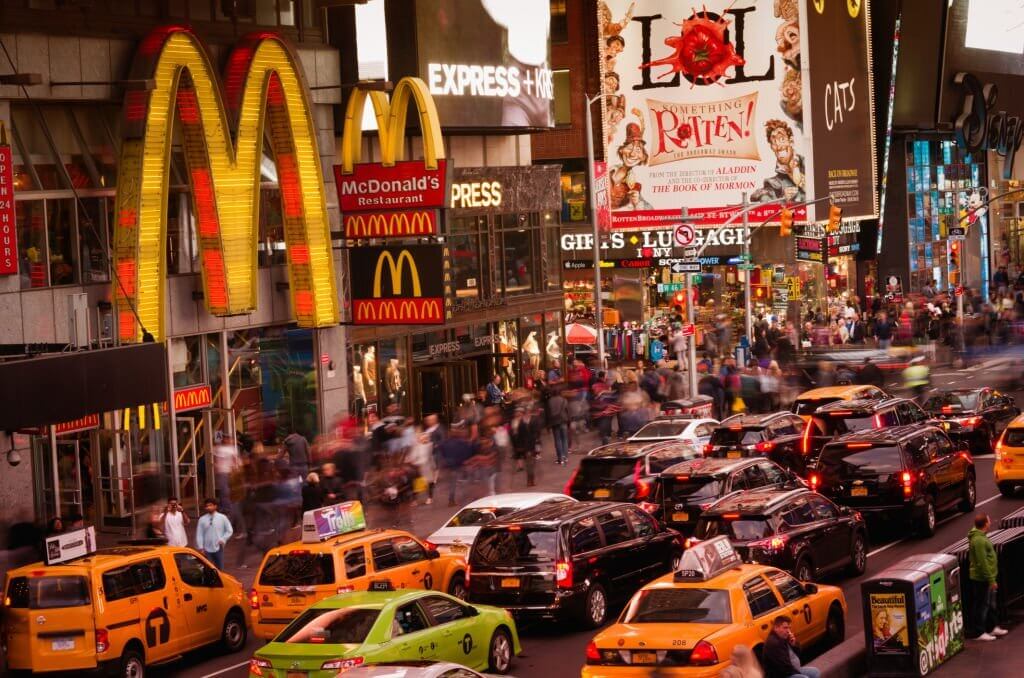New York City, the city that never sleeps, has always been synonymous with vibrant nightlife. From the roaring ’20s to the pulsating beats of today, NYC’s nightclubs have been at the forefront of the global party scene. In this journey through time and music, we’ll explore the legendary nightclubs that have left an indelible mark on the city’s nightlife, influencing not only New Yorkers but also the world.
Studio 54 – The Disco Revolution (1970s)
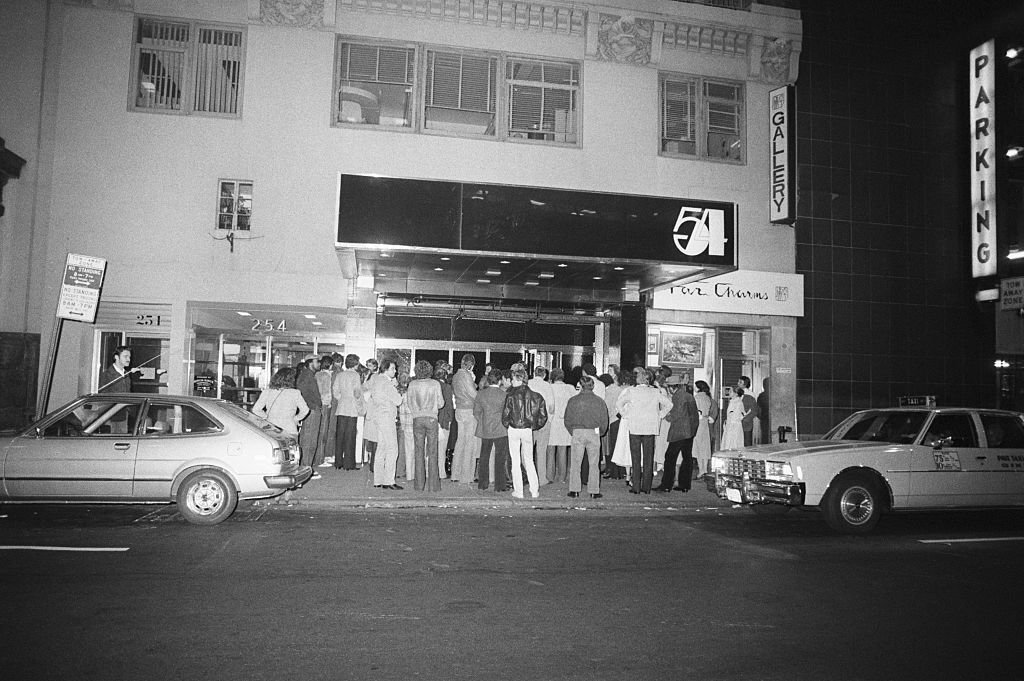
Our journey begins in the glittering disco era of the 1970s with none other than Studio 54. Located in the heart of Manhattan, Studio 54 became a symbol of hedonism and extravagance. It hosted the most fabulous parties attended by celebrities, artists, and the social elite. With its iconic moon-and-spoon logo and legendary resident DJs, Studio 54 defined disco culture and left an enduring legacy that still influences modern clubbing.
The Roxy – Birth of Hip-Hop and Dance (1980s)
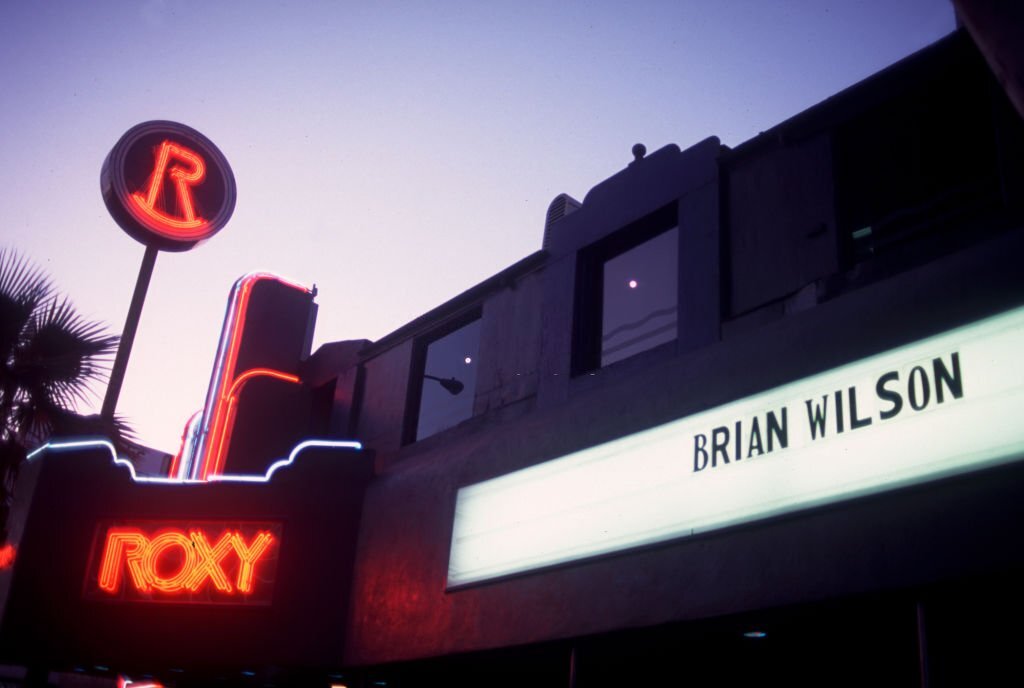
Moving into the ’80s, we arrive at The Roxy. Situated in the heart of Chelsea, The Roxy was not just a nightclub; it was a cultural epicenter. It played a pivotal role in the emergence of hip-hop and dance music in NYC. The Roxy’s DJ Larry Levan was a pioneer in dance music, and the club’s eclectic mix of patrons helped bridge the gap between various music genres, creating an atmosphere of inclusivity and innovation.
The Tunnel – Rave Culture and Electronic Dance (1990s)
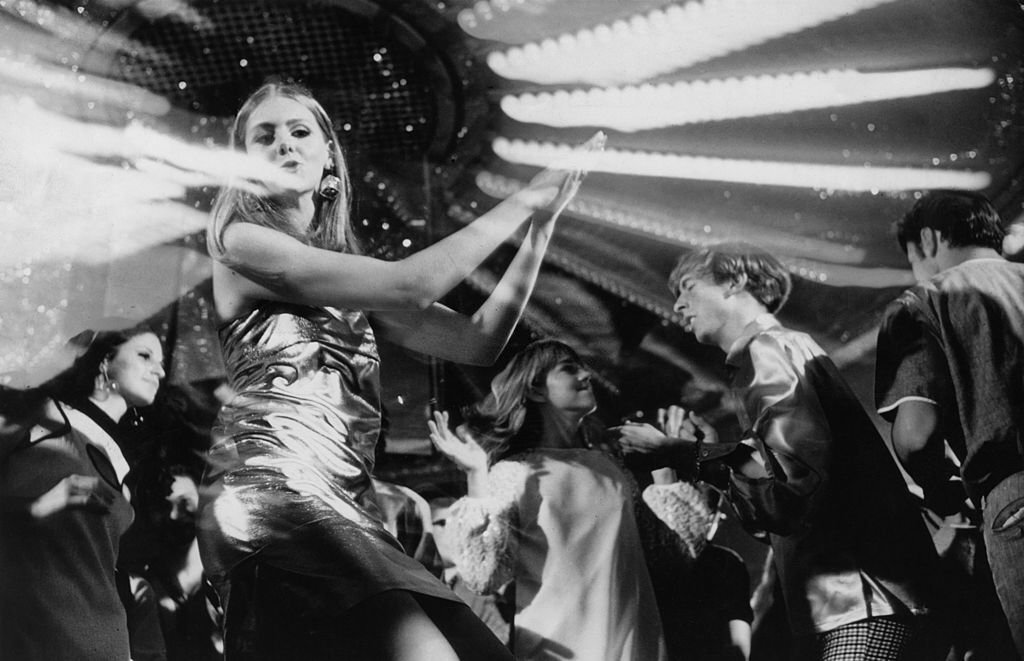
As we transition into the ’90s, we find ourselves at The Tunnel. This massive underground club was known for its immersive light shows, incredible sound systems, and marathon dance parties. It was a hub for the rave and electronic dance scene, attracting DJs and partygoers from around the world. The Tunnel’s impact on the electronic dance music culture can still be felt in NYC’s thriving EDM scene.
Webster Hall – A Century of Music (2000s – Present)
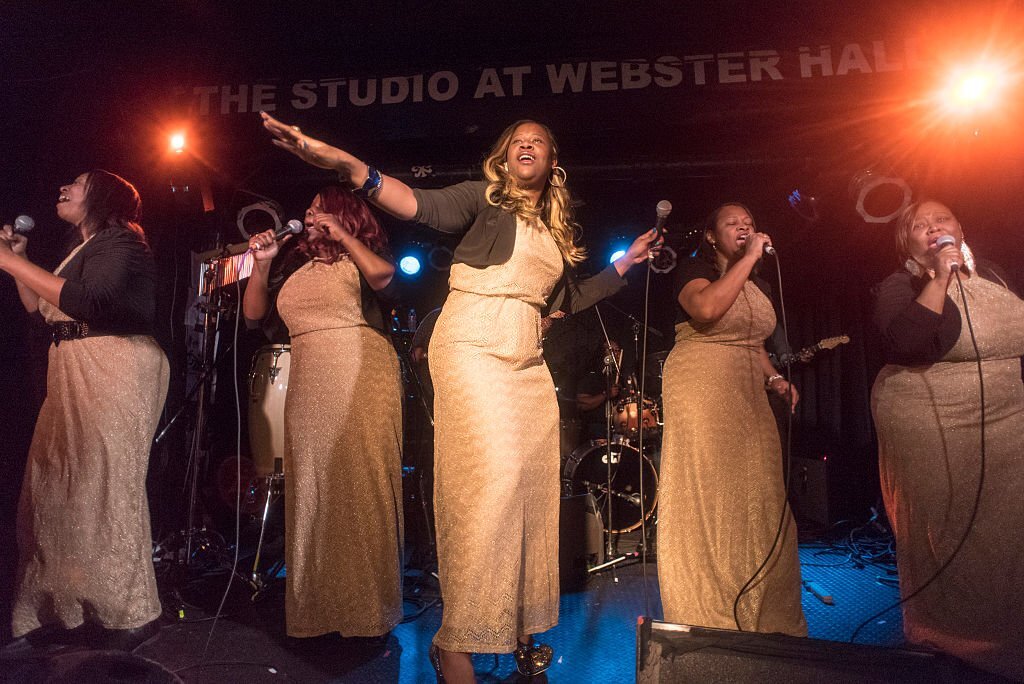
Webster Hall, often dubbed “The People’s Ballroom,” has stood the test of time, spanning over a century of musical history. Since its opening in 1886, it has hosted everything from masquerade balls to rock concerts to EDM raves. Its versatility and adaptability have made it a symbol of NYC’s ever-evolving nightlife. In 2019, it underwent a renovation, ensuring that it continues to be a vibrant space for music lovers of all genres.
Output – The Modern Electronic Haven (2010s)
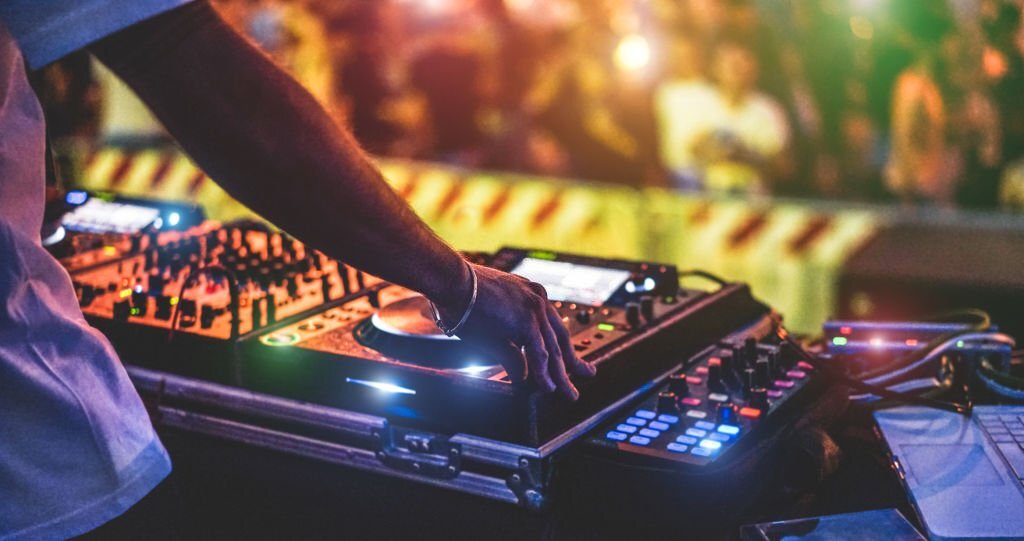
For a taste of NYC’s contemporary nightclub scene, we visit Output. Located in Williamsburg, Brooklyn, Output became a haven for electronic music enthusiasts. With its Funktion-One sound system and an open-air rooftop, it offered a cutting-edge clubbing experience. Output hosted some of the world’s top DJs and embraced a forward-thinking approach to nightlife.
Conclusion:
New York City’s nightlife is a tapestry woven from the threads of its iconic nightclubs. From the dazzling disco balls of Studio 54 to the underground beats of The Tunnel, these venues have not only shaped the city’s nightlife but have also left a profound mark on global club culture. As we dance through the decades, we see that NYC’s nightlife is a reflection of its ever-evolving, diverse, and inclusive spirit. These iconic nightclubs are not just places to dance; they are cultural landmarks that celebrate the city’s pulsating heartbeat and its enduring love affair with music and nightlife. Whether you’re a disco diva, a hip-hop head, or an EDM enthusiast, NYC’s iconic nightclubs offer a vibrant and ever-changing soundtrack to the city that never sleeps.

